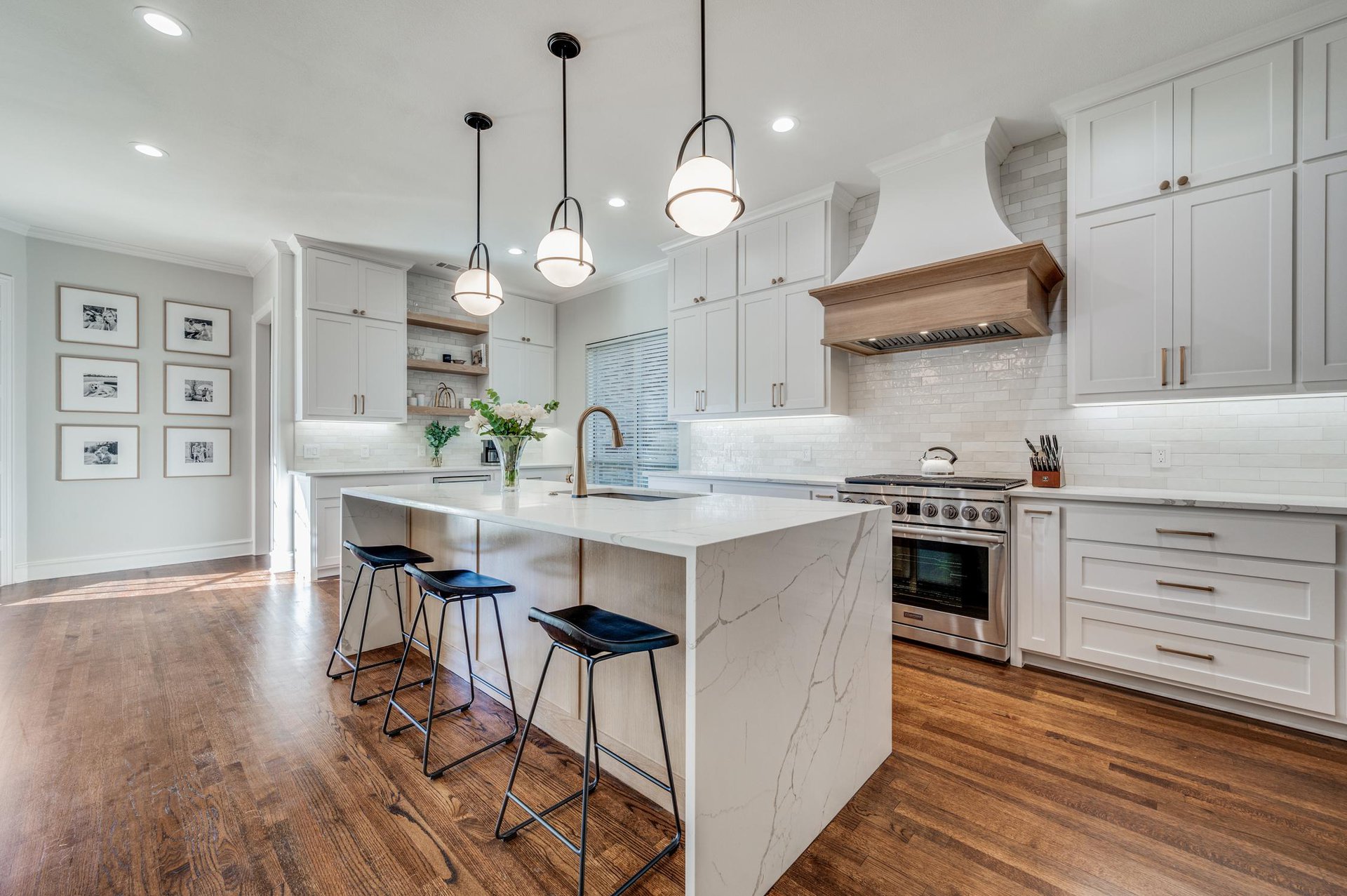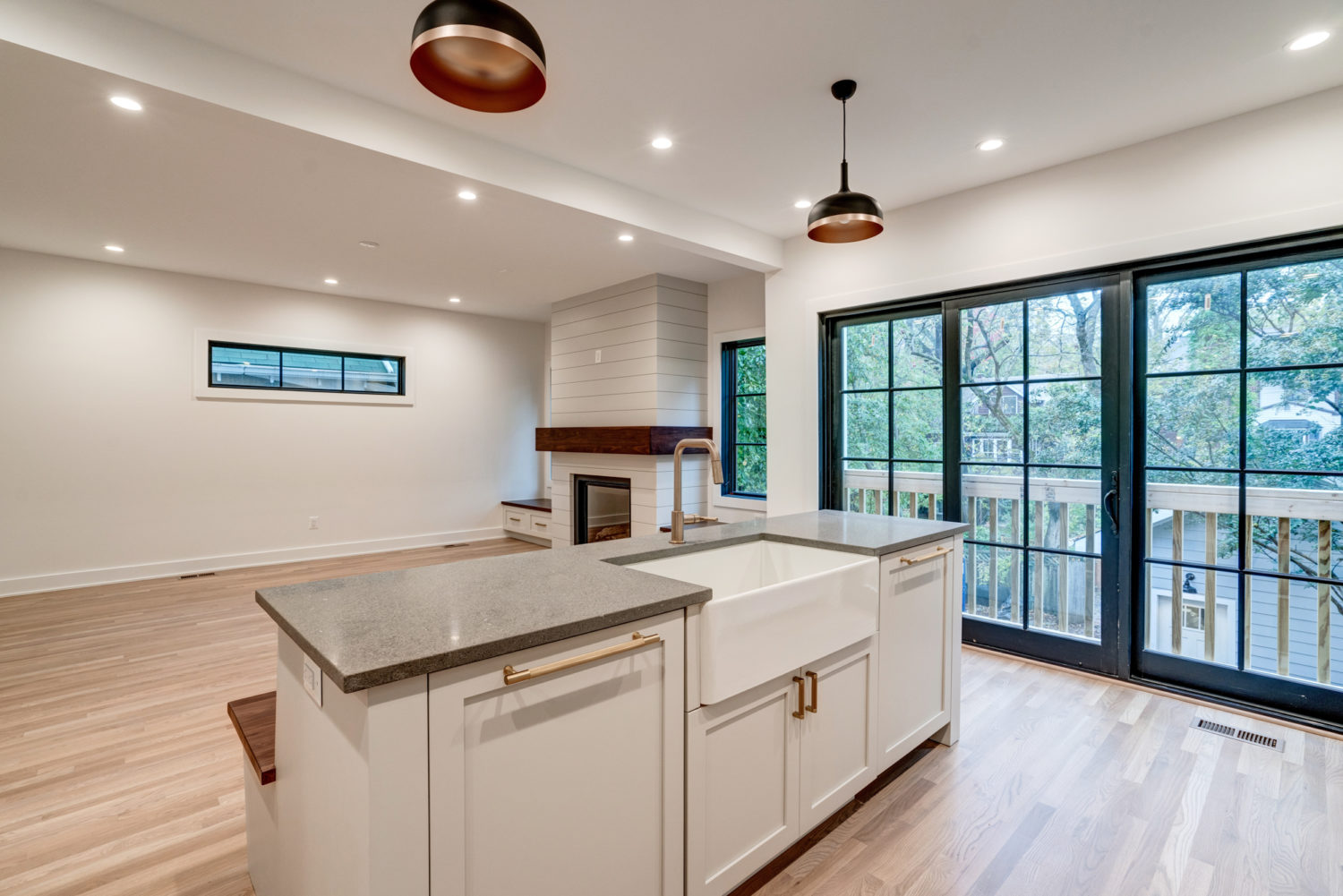Crucial Tips for Determining the Right Locations for Home Renovations in your house
When thinking about home restorations, one must first embark on a thorough evaluation of the home's present state, concentrating on locations that require immediate interest for security and capability. This procedure not only exposes urgent architectural concerns yet also helps in determining areas that, as soon as boosted, could substantially boost the building's worth. By balancing these findings with an understanding of dominating market patterns and individual way of living demands, house owners can strategically prioritize jobs. This thoughtful approach ensures that renovations are not just cosmetically pleasing yet additionally monetarily sensible.
Examining Your Home's Present Problem and Prospective
Prior to starting any type of home restoration, it is vital to extensively examine the present problem of the residential property and recognize its possibility for enhancement. Property owners should begin by conducting a thorough assessment of the architectural integrity, consisting of the structure, roofing system, and load-bearing walls. This step is essential to determine any kind of important issues that can impact the safety and security and stability of the home.
Next, evaluating the mechanical systems such as pipes, home heating, and electrical circuits helps pinpoint obsolete or defective elements that need updating to satisfy current standards and performance. It's likewise vital to think about the appearances and capability of existing rooms. Assessing space layouts and existing layout components can disclose just how well they line up with the home owner's way of life and aesthetic choices.
Understanding these aspects permits house owners to make informed choices regarding remodellings that enhance both the worth and livability of their home without endangering architectural stability or security.
Prioritizing Renovation Projects Based Upon Impact and Investment

Home owners should also think about the cost-to-benefit proportion of each project. As an example, replacing a roofing might be expensive, but it safeguards the home from additional damages and raises its longevity. By meticulously evaluating both the financial investment and the possible increase in home value or utility, property owners can successfully prioritize their improvement projects to make the most of effect and financial investment performance.
Aligning Renovations With Market Trends and Personal Preferences
When planning home improvements, it is important for homeowners to stabilize market fads with their personal choices to guarantee the updates are both useful and appealing. It's similarly vital that remodellings mirror the homeowner's design and requires to maintain a sense of individual satisfaction.

Incorporating individual tastes need to not be ignored, as this makes a home more satisfying to live in. Striking the right equilibrium between these aspects can transform a residence into a valued and financially sensible home.

Verdict
Finally, effective home renovations need a versatile strategy that includes examining next the home's condition, prioritizing jobs for optimal impact and investment return, and lining up updates with current market patterns and personal requirements - home renovations red deer. By resolving structural and system shortages first, and incorporating energy-efficient modern technologies, homeowners can enhance both the performance and worth of their residential property. Consulting with experts additionally makes certain that improvements are both critical and customized to private way of livings

When planning home remodellings, it is important for house owners to balance market patterns with their personal preferences to guarantee the updates are both important and appealing.In conclusion, successful home renovations call for a versatile strategy that consists of examining the home's condition, prioritizing projects for optimal influence and useful content financial investment return, and lining up updates with current market trends and individual demands.